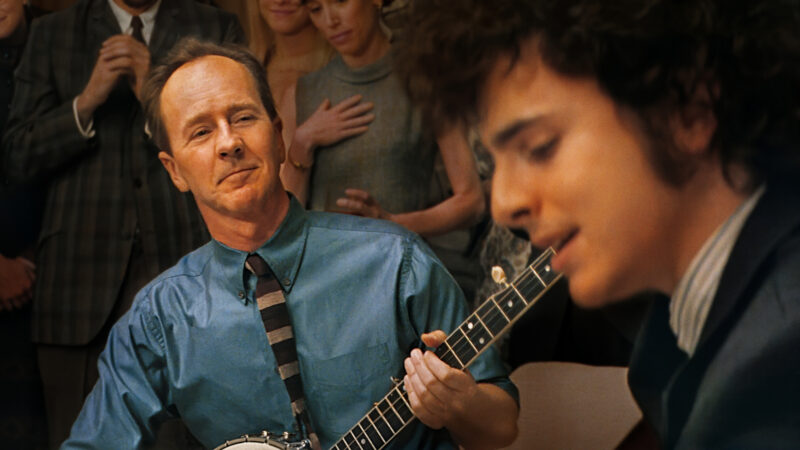I normally hate watching biopics. There is something inherently homework-y about the genre. The worst kind of homework, in fact—the kind that pretends to entertain as it teaches, like a computer game in math class that keeps pestering you to remember the quadratic formula. I am not, however, a Timothée Chalamet hater, nor am I a Bob Dylan hater. I am a rare secret third thing: more or less indifferent to both. A Complete Unknown had all the makings of the kind of movie I’d skip. But despite my indifference, I am a sucker for hype, and I was curious to know whether Chalamet, the most inescapable star of 2024, lived up to the hype.
The short answer: he did. He is a moody, gravitational force in A Complete Unknown, effortlessly capturing the enigmatic qualities commonly attributed to singular genius. Chalamet’s Dylan is the kind of asshole too talented to blame for being an asshole. Of course he forgets to take out the trash! The man was writing "Masters of War."
You have reached your article limit
Sign up for a digital subscription and continue reading all new issues, plus our entire archives, for just $1.50/month.
Already a subscriber? Sign in






